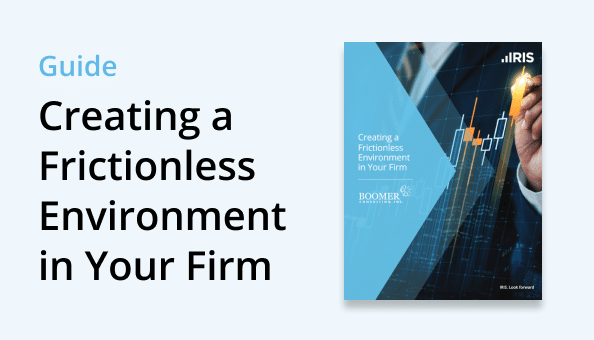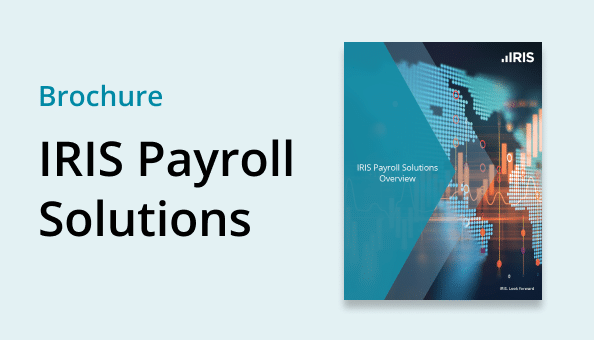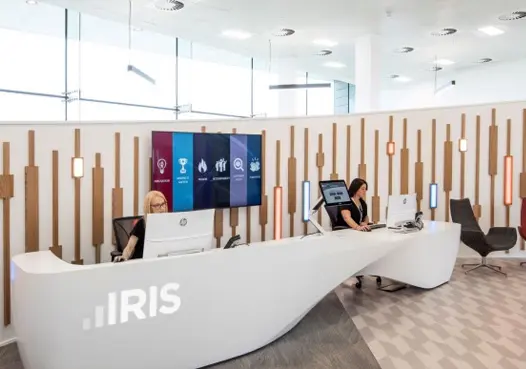BLOGS
Spin-Offs vs IPOs: What’s the Difference?

The subtle differences between a spin-off and IPO (or an initial public offering) impact the potential outcomes after a company goes public. As a moment of transformation for a business, companies that offer shares publicly or divest their assets are often motivated by a clear objective to increase shareholder value.
Regarding different share market terms, there are advantages in understanding how spin-offs and IPOs compare more than just semantically. Definitions, benefits, and outcomes – with these in mind, shareholders can make more informed decisions about progressing the scalability of their private businesses.
Spin-Off vs IPO: The Basics
There are different ways that companies can transition from privately owned to publicly traded. Comparatively, a spin-off describes the creation of a new and independent company under its parent that is already public. Unlike a spin-off, an IPO defines the process of a privately owned company that is becoming publicly listed.
Despite the different starting points, they both arrive at the same destination. Spin-offs and IPOs are similar in outcome, describing when a company becomes public. Once this this transition completes, whether from spin-off or IPO, each new company will have challenges and objectives ranging from regulatory requirements to cultural realignment.
What is a Spin-Off?
Also known as a “spinout” or “starburst”, a spin-off is a type of company realignment that involves the division of its parts to form a new and separate subsidiary. The shares of the new subsidiary are then distributed to the current shareholders on a pro-rata basis. Importantly, the new company, post-spin-off, will become independent, including its own management, assets and employees taken from the parent.
Typically, a spin-off occurs when a division is anticipated to become more profitable and can sustain business outside of the conventional offering of its parent. This is why they’re often compared to a kind of restructuring that allows the new subsidiary to focus on profitability and expansion of service or product offering. Although this is not always the motivation, new subsidiaries are often ideal for growth opportunities.
Alternatively, as a spin-off is classified as a type of divesture, it can also function as a means of offboarding underperforming, or undesirable, divisions of a business. This is more often the case when a company is looking to streamline or consolidate its core competencies, especially when performance becomes a point of worry for its management. A business may want to reorganise and reharmonize its brand identity, which is where a spin-off becomes an opportunity for consolidation rather than growth.

Examples of Corporate Spin-Offs
One such high-profile spin-off, formerly Kraft Foods split into two separate divisions (Kraft Foods Group and Mondelez International) with a distinct focus on snack foods and grocery brands with a further division between North America and the rest of the world. Created as a tax-free spin-off, this separation was about realising value-creation as Kraft’s confectionary division was a high-growth, international asset compared to its grocery brands, which was slower to create value.
North American brand Kraft identified a division capable of more immediate growth, so spinning-off its business allowed it to strategically realise better growth.
What is an IPO?
An initial public offering, or IPO, is an opportunity to raise capital by selling stock publicly on the open market. This new capital can be used to achieve different outcomes, ranging from new investment to service or product expansion. Ultimately, this helps a company raise money, especially where long-term expansion is being considered. As a side-effect, the transparency of the IPO process means that companies going public for the first time are typically welcomed with greater credibility on the market.
Before an IPO completes, a company is private. This means the company likely involves a smaller number of shareholders and key investors that has helped its growth. After maturing or growing to a point of attractive profitability, a company may consider advertising its interest in becoming public. But it’s worth taking into consideration if a business can withstand the scrutiny of SEC regulation’s (or the Securities and Exchange Commission).
Examples of IPOs
In 2014, Alibaba’s IPO captured headlines with its big debut on the open market. To date, many investors consider this high-profile IPO debut as one of the largest buying opportunities in the past decade. It helped that Alibaba chose listing on the New York Stock Exchange (NYSE). This case study shows how IPOs have been formative for brands bridging from private into public, such as Facebook and VISA.
Main Differences Between Spin-offs and IPOs
In summary, these main differences between spin-offs and IPOs include:
- Although they reach the same destination, spin-offs are already public subsidiaries, whereas IPOs are private firms transitioning into the open market.
- Spin-offs benefit from being tax-free as they’re part of a parent company, rather than a new entity altogether (like an IPO).
- The goals may differ as IPOs generate money, whereas spun-off subsidiaries separate a business’ divisions.
Re-aligning People Priorities
Beyond the concepts and definitions, it is important to not overlook how people and cultural priorities might be impacted within a business or a new subsidiary of the parent company. Aside from the obvious legalities in restructuring your business which may include a transfer of employees from one entity to another, or potential redundancies because of rightsizing the business for future success, companies may also need to consider retention plans to secure key talent that will help secure an effective transition. This may mean that compensation strategies might need rethinking to realign with new priorities and objectives as a result of publicly listing a company, or creating new entity as part of a spin-off.
Whilst there is no universal answer to managing change within a business, it’s worth garnering expert advice to assist in establishing and driving the people agenda.
How IRIS FMP Can Help
During any moment of transition like a spin-off or IPO, a business will need help to navigate HR due diligence, process, legalities, and associated risks. IRIS FMP can help to ensure a seamless HR service to support employers before, during and after the new infrastructure is in place.
For business expansion, it helps to align your business with valuable partnerships. Get in touch to find out how IRIS FMP can help.












